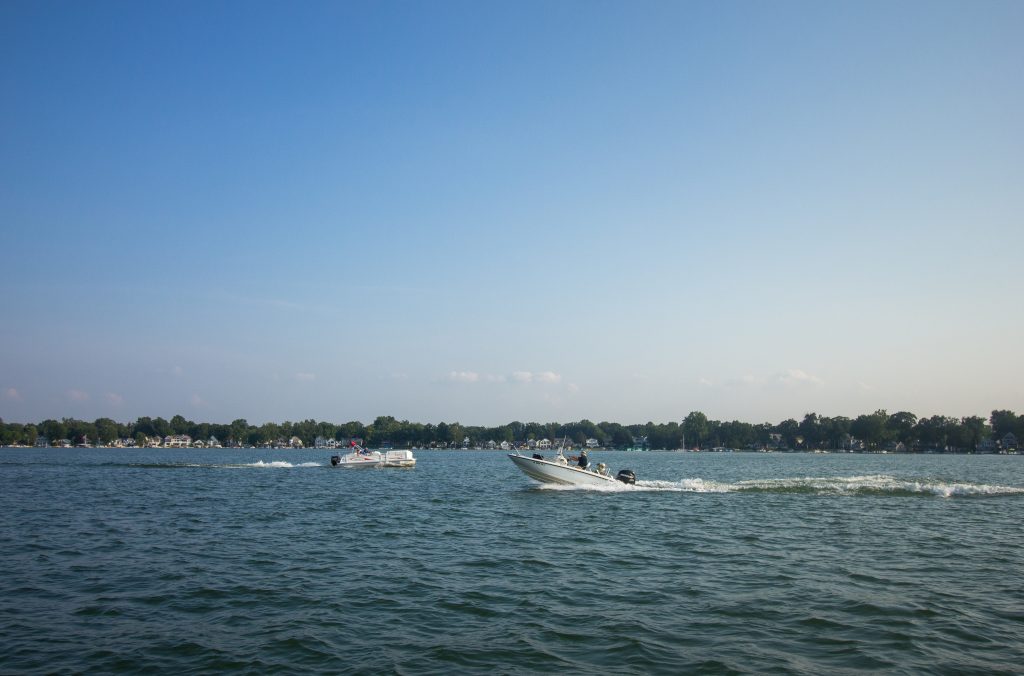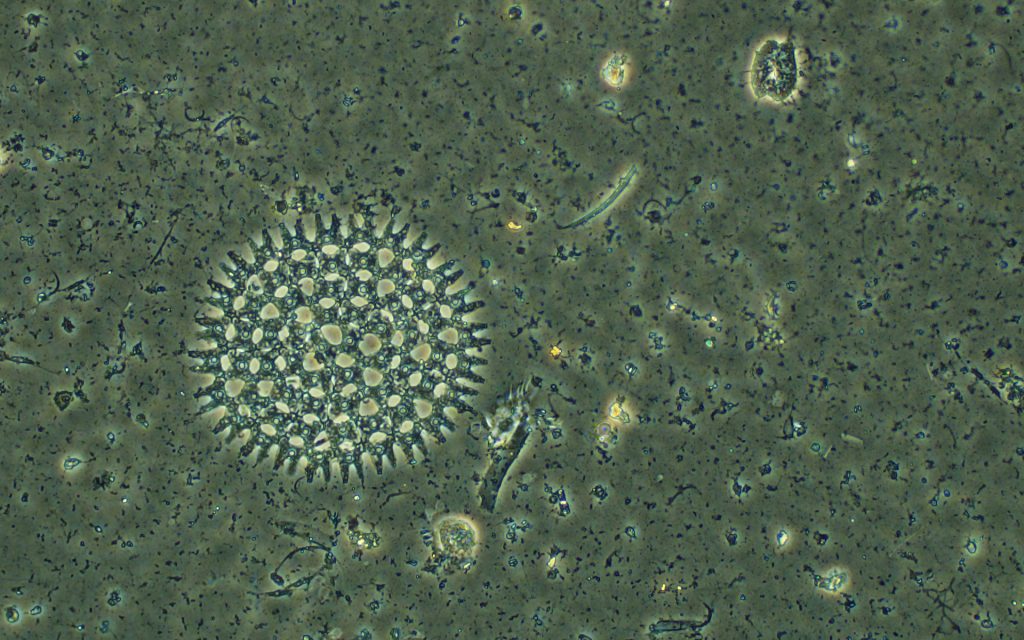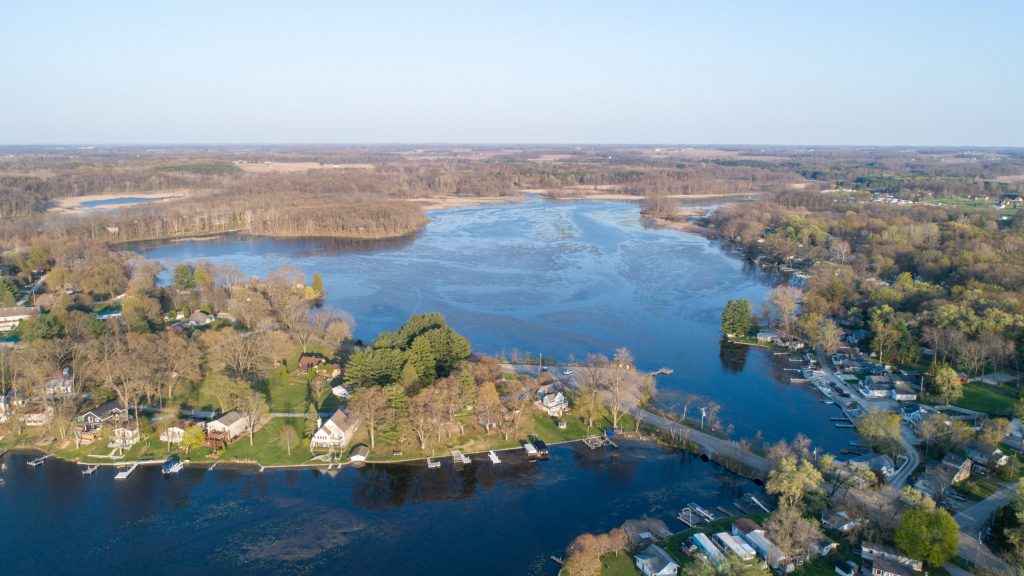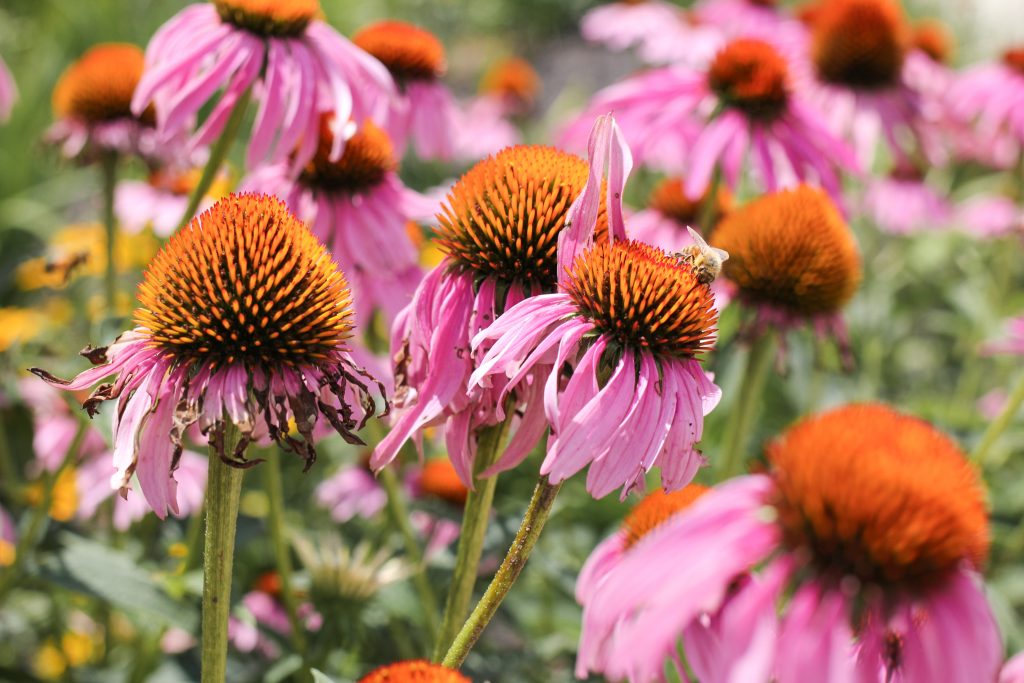A field guide to freshwater lakes
Did you know that humans are about 60% water? Jellyfish are even more water-reliant at 95%. Worldwide, about 70% of the earth’s surface is covered in water. Of that 70%, 97% is saltwater. Kosciusko County contributes to the small but impactful final 3%: freshwater lakes.
It won’t surprise you that water is the molecule that many people would claim is the most important molecule in the world.
All life is based on and influenced by water! This universal solvent can dissolve most things to some degree, given enough time. Water causes weather, water shapes rocks and carves the world, water brings life to the deserts and nutrients to the floodplains. In some places, life has to adapt to find water, and in other places to get rid of too much water, but in all cases it needs water. A cell without water is a dead cell, and an organism without water is a dead organism.
That 3% (of which the waterways in Kosciusko County share a small part) is among the most crucial and fascinating percentages on earth.
There may not be any deep sea vents or tropical kelp forests here, but Kosciusko County has its own diversity of aquatic environments. With more than 100 lakes and 600 miles of streams, not to mention wetland environments, we are surrounded by life on every scale.

In our county alone, the lakes contribute more than 300 million to the economy every year. The lakes’ beauty and simplicity draw people to the water for weekends and months and years. Homes are built and memories are made; art is inspired, athletes are trained, innovators are invested. Life happens here.
The water we rely on is teaming with life! The fish that call our lakes and streams home never swim alone. Each body of water is a small ecosystem, and every member has its role to play.

With all this life happening just beyond our line of vision, it’s easy to forget (or to simply take for granted) the incredible natural resource that keeps our economy and environment afloat.
Water is a natural wonder. At normal environmental temperatures, water does not behave like other substances. If it did, it would only be present as a vapor. So what makes water different?
The molecular structure of water (H2O) is unique. The hydrogen bonds that form between water molecules allow water to have three powerful properties: cohesion, adhesion and surface tension.
- Cohesion essentially allows water to stick to itself. On certain surfaces, like leaves or a waxed boat, water molecules cohere to each other rather than the surface.
- Adhesion means that water sticks well to other things. For instance, when water is spilled over certain surfaces, like that of a smooth rock, it spreads out in a thin layer and “adheres” to what it is on.
- Surface tension is related to cohesion. It causes the molecules to form rounded droplets so they cover a minimal amount of area on certain surfaces (like that waxed boat.)

Surface tension causes capillary action, a fancy term for when plants “suck up” water. When you water your garden, or when rain waters the trees, water absorbs into the roots and adheres to the inside of the stem or trunk.
This is where adhesion and cohesion come into play. The water molecules are more strongly attracted to the inside of the stem than other water molecules; that is adhesion. At the same time, cohesion happens as the water molecules defeat gravity together. They build on each other to slowly climb the stem or trunk. In this way, water reaches even the highest leaves or flowers.

Here are some ways to learn about and protect local lakes:
- Shoreline health improves water quality. A clean lake starts with the shoreline! We recommend using native plants in shoreline landscaping to enhance beauty as well as protect your lake.
- Proper use of fertilizer, management of weeds and algae, and safe lake recreation are all components of a healthy lake.
- How to correctly harass Canada Geese. This blog post and webinar are excellent resources if you struggle with an overabundance of geese.
- Understand & identify blue-green algae. This is of particular importance during the summer lake season. Blue-green algae can produce a toxin called microcystin. If ingested or left on the skin for too long, microcystin can be harmful; it’s especially dangerous for pets. Our blue-green algae research hub will help you learn about the species and identify blooms. (Scroll to the bottom of the page for a webinar on the subject!)

We study 14 lakes and 12 streams in-depth.
Curious about what we’re learning? Search for a lake, find a study or come to an event to discover more!